The macula is a critical part of the eye responsible for central vision, allowing us to read, recognize faces, and see fine details. Unfortunately, conditions like macular holes and tears can threaten the health of the macula and, subsequently, our central vision.
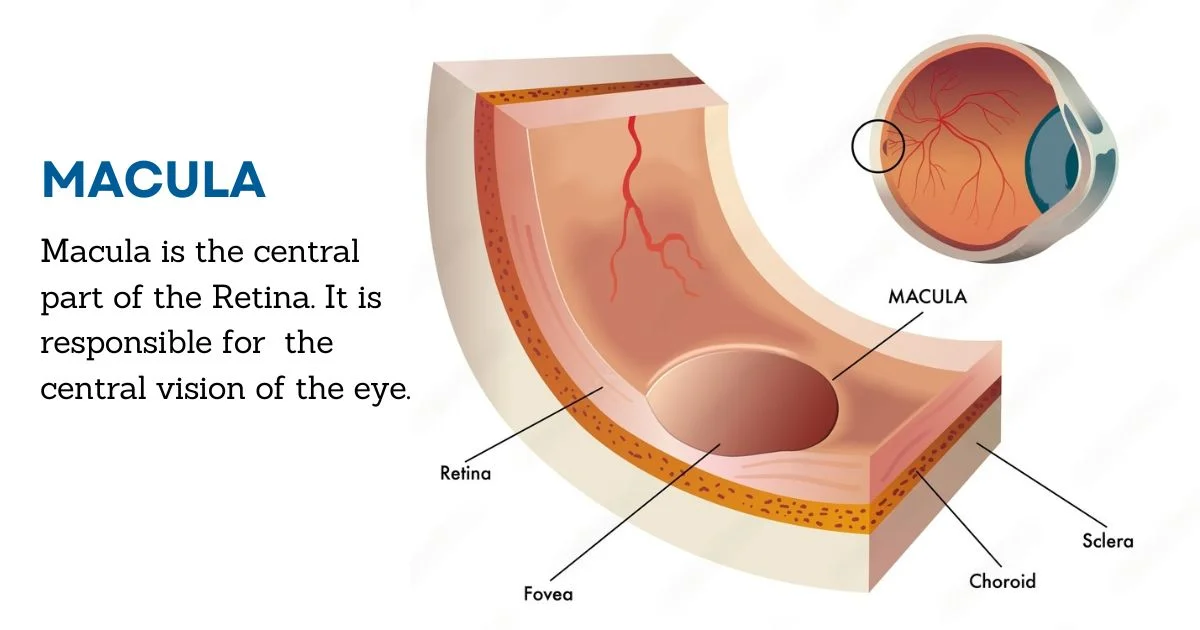
1. Macular Holes:
A macular hole is a small break in the macula; the central part of the retina. It typically occurs when the vitreous gel inside the eye shrinks and pulls away from the macula. This can lead to distorted or blurred central vision.
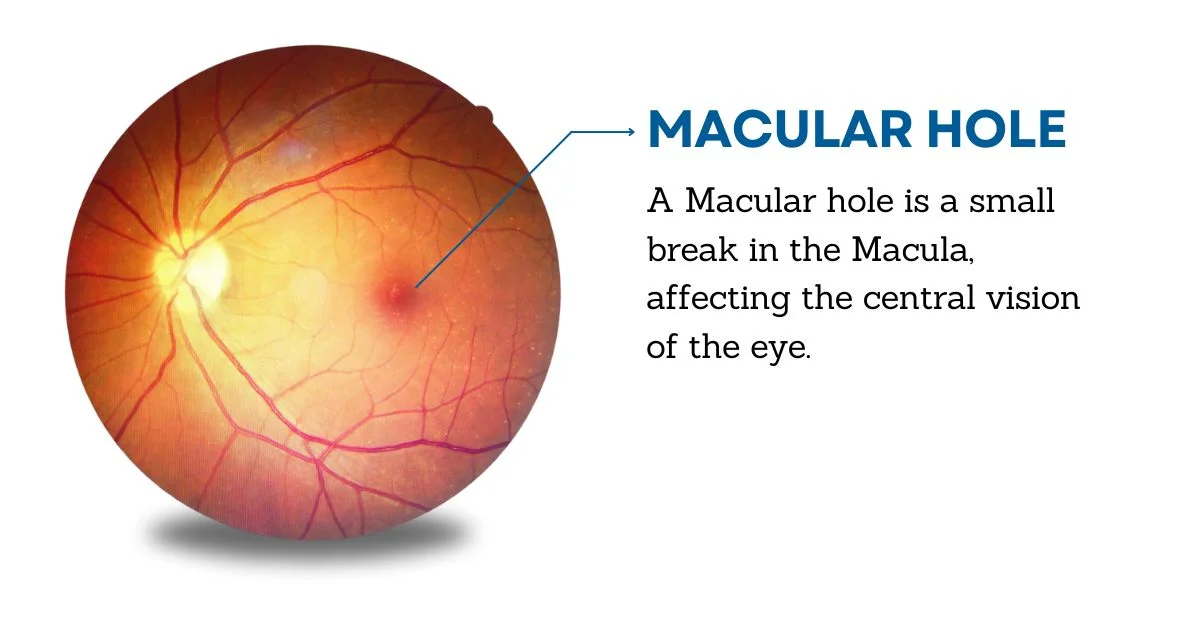
2. Macular Tears:
Macular tears are similar but differ in that they are caused by the abnormal pulling or tugging of the vitreous gel on the macula. This can result in a split or tear in the macula, affecting central vision.
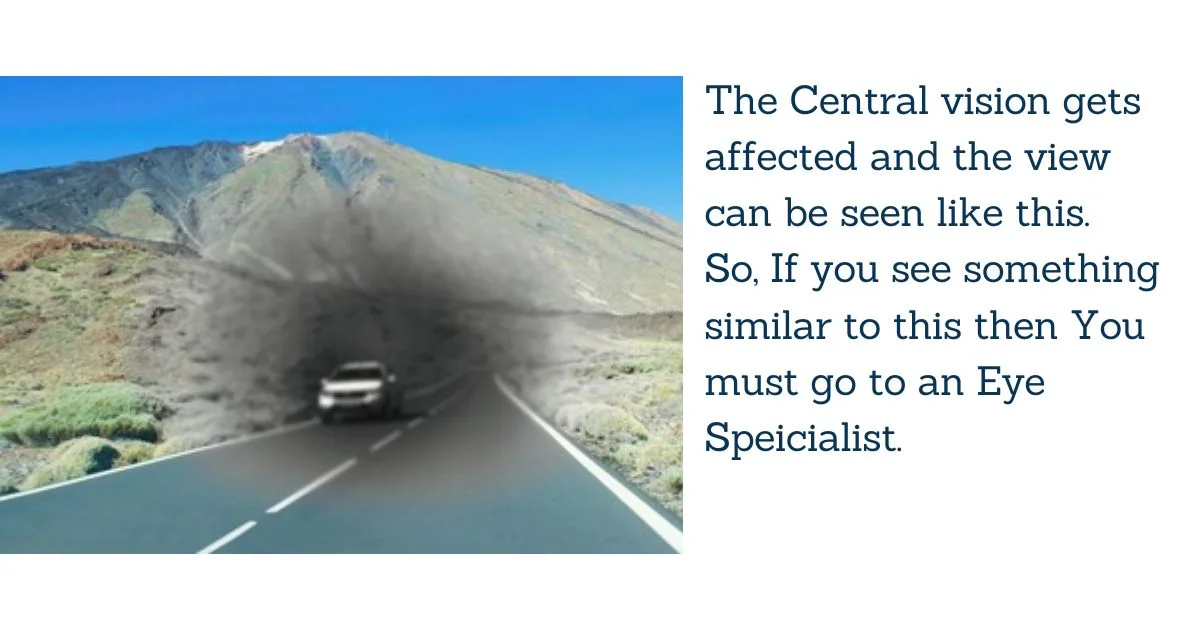
1. Aging: As we age, the vitreous gel within the eye can change, increasing the risk of macular issues.
2. Eye Trauma: This eye problem can be caused due to eye trauma or physical injury. If you have gone through any injury and having vision problem. You must go to see an eye specialist.
3. Vitreous Detachment: It can also be caused due to a situation when the vitreous gel detaches from the retina, it can exert force on the macula.
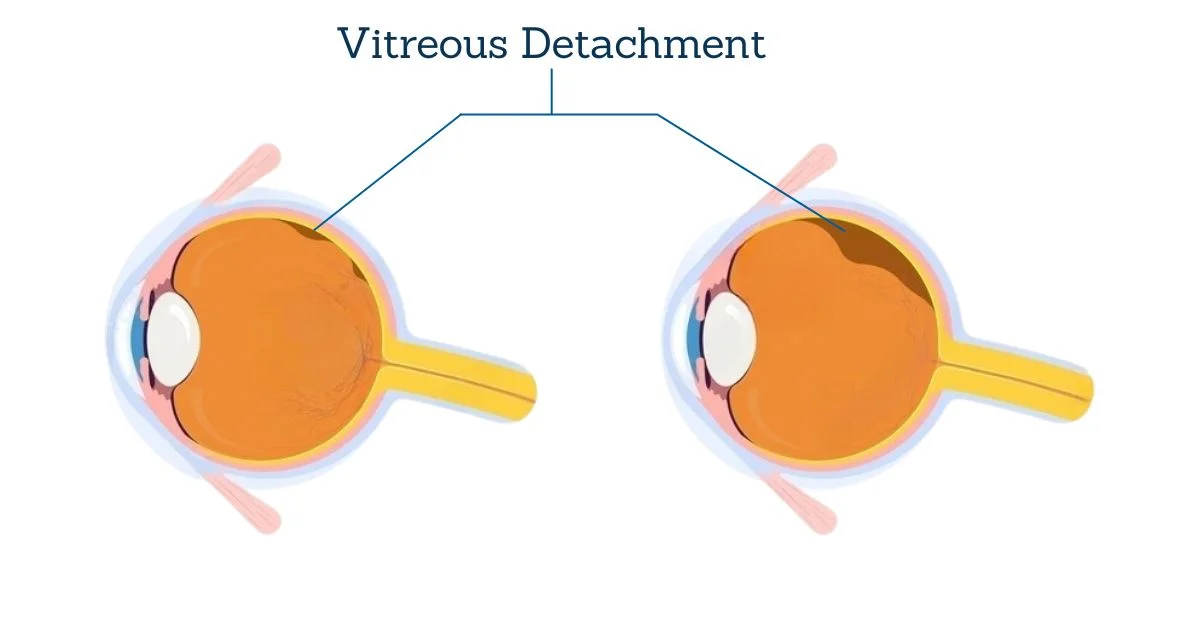
Early diagnosis is crucial for effective treatment. An eye specialist can use various methods to diagnose macular holes, including:
1. Vitrectomy: This surgical procedure involves the removal of the vitreous gel and the sealing of the macular hole or tear with laser therapy or a gas bubble.
2. Face-Down Positioning: After surgery, patients may be required to maintain a face-down position to facilitate healing.
3. Observation: In some cases, small macular holes may be monitored without immediate treatment.
While not all holes or tears can be prevented, some steps can reduce the risk:

Yes, there are stages for both macular holes and tears:
| S.No | Macular Holes: | Macular Tears: |
|---|---|---|
| 1. | Foveal Detachment Stage: The center of the eye starts to come apart. | Macular Pucker Stage: Scar tissue forms on the centre of the eye, making it wrinkled. |
| 2. | Partial Thickness Stage: The hole is partially formed in the eye. | Partial Thickness Stage: A gap appears in the layers of the eye. |
| 3. | Full Thickness Stage: The hole is completely formed from the center to the outer part of the eye. | Full Thickness Stage: The tear goes all the way through the eye's layers. |
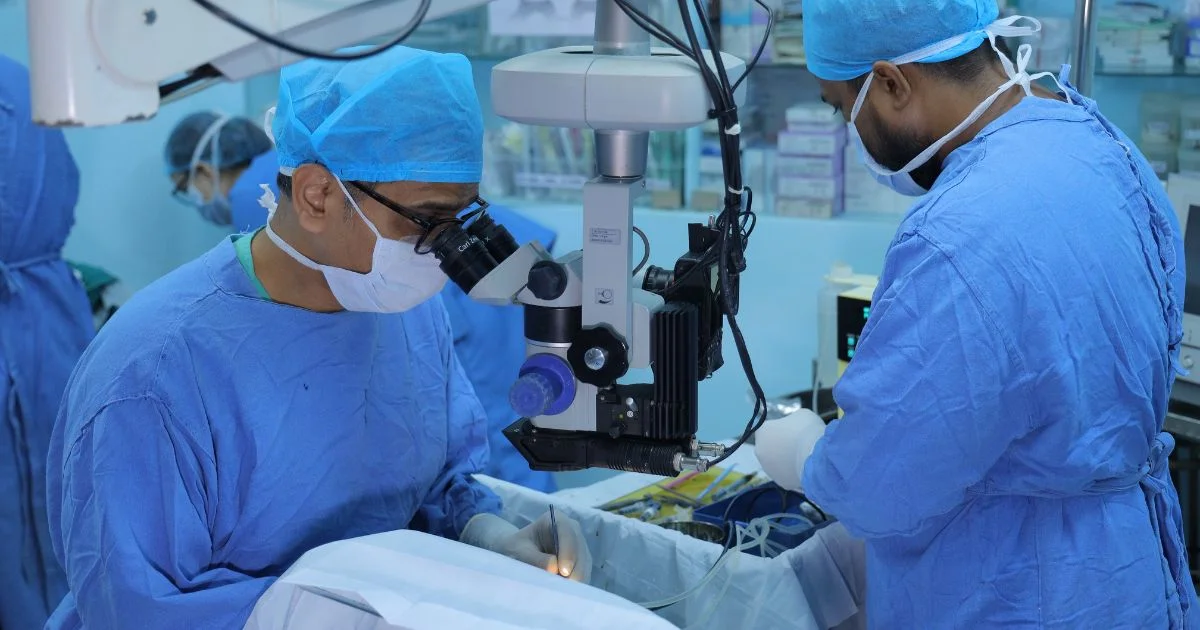
Macular holes and tears can be concerning, but early detection and treatment can often prevent severe vision loss. If you experience any symptoms of distorted or blurred central vision, consult an eye specialist promptly. Your eyesight is precious, and with timely intervention, you can continue to enjoy the world in all its clarity and detail.
Ans. The most effective treatment for macular holes is usually surgery. During the surgery, a skilled Ophthalmologist will repair the hole.
Q.2 Can retinal detachment be cured?Ans. Generally, macular holes don't heal by themselves without surgical intervention. Surgery is often needed to fix the hole and recover the vision.
Q.3 Is a macular hole the same as a retinal tear?Ans. No, a macular hole and a retinal tear are not the same. A macular hole is a specific issue in the centre of the retina, while a retinal tear is a different type of tear in the retina's outer layers.
Q.4 Can macular holes be completely cured?Ans. Yes, macular holes can often be successfully treated with surgery, which results in improving your vision and quality of life.
Q.5 How long does it take for a macular hole to heal after surgery?Ans. This is totally dependent on the person and eye condition but usually it takes minimum 6 weeks to heal and improved vision after the macular hole surgery.
Q.6 What are the different stages of a macular hole?Ans. There are usually three stages of a macular hole: first, the foveal detachment stage; second, the partial thickness stage; and finally, the full thickness stage where the hole is fully formed.
Q.7 Can using eye drops help close a macular hole?Ans. Eye drops typically can't close a macular hole. Surgical treatment is the primary approach to repair the hole and improve your vision. Eye drops are more commonly used for other eye conditions.
Copyright © 2025 | Save Sight Centre | All Rights Reserved.